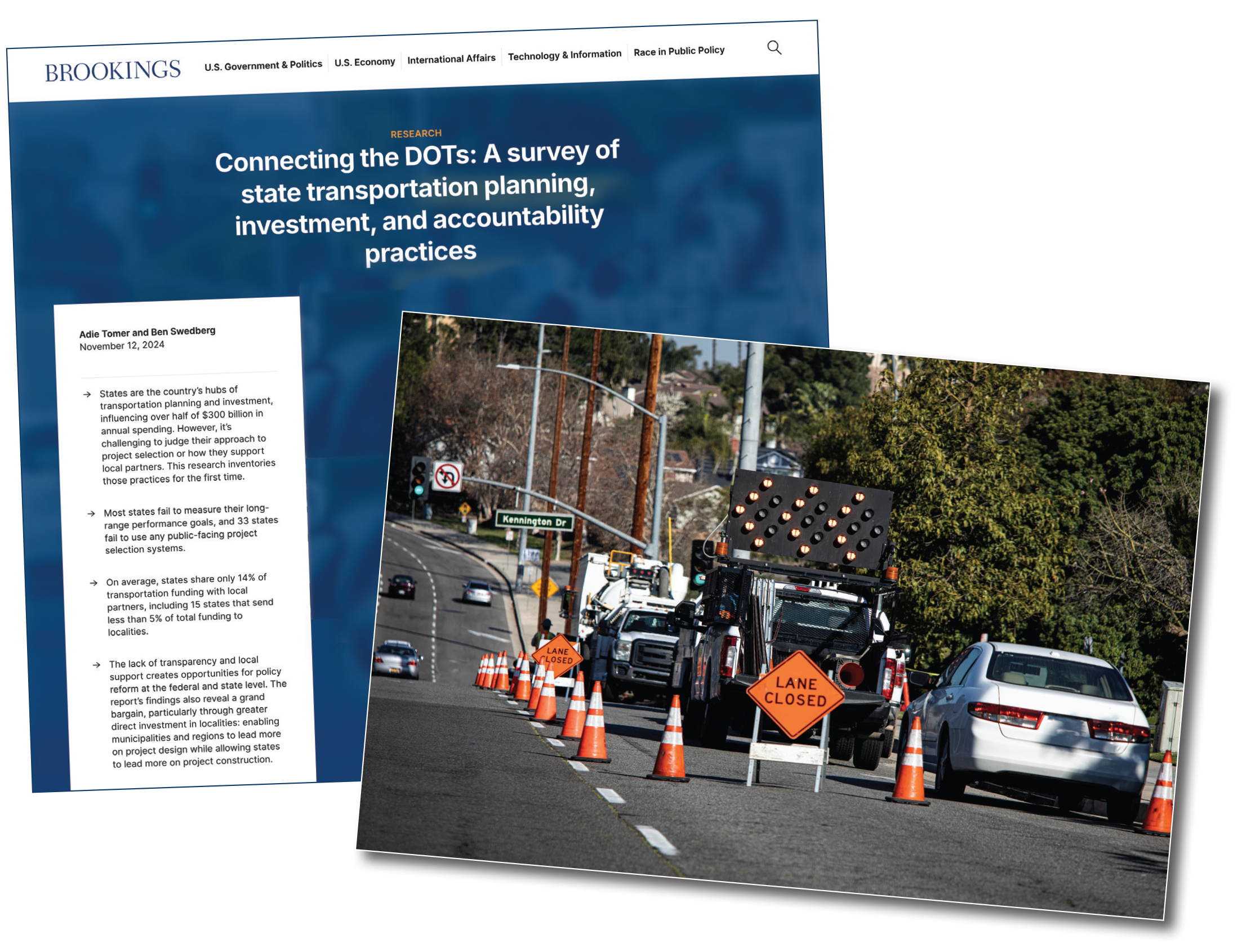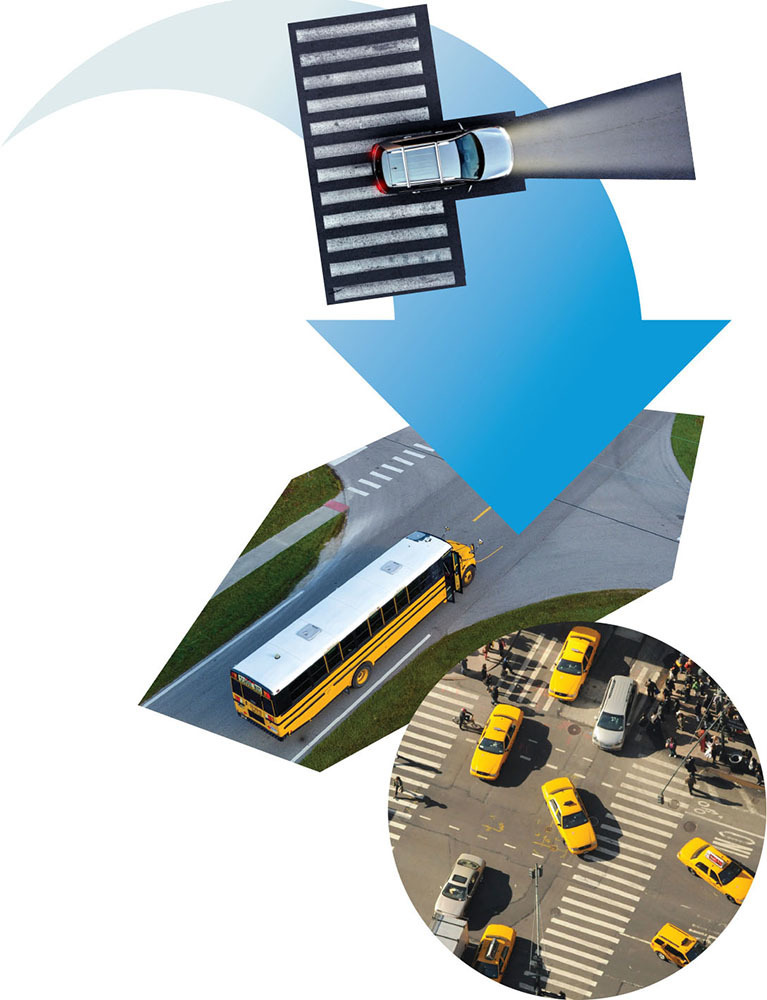September/October 2017
Communities: Government
Grid Faces Increasing Risks, Report Says
PEs Power Energy
NSPE advocates for the inclusion of professional engineers in all engineering aspects of energy production, delivery, conservation, and efficiency.
Read the Society’s position statement on a unified energy policy in the Issues and Advocacy section.
The US electric grid is at growing risk from natural disasters and cyberattacks, says a recent National Academies report, and such incidents could cause long outages with severe economic consequences and even loss of life. Enhancing resiliency will require coordination between state, federal, private, and public groups.
The Department of Energy sponsored the study, which was focused on reducing vulnerability to blackouts over several service areas or states lasting three days or more. Such outages “leave millions of customers without power, resulting in economic damages estimated in the billions of dollars, posing serious threats to health and public safety, and also potentially compromising national security,” says M. Granger Morgan, committee chair and Carnegie Mellon engineering professor.
Outages cannot be completely avoided, the report emphasizes. So increasing resilience means not only reducing their likelihood but also limiting their impact when they do occur, and learning from them.
Major outages have already occurred with natural disasters, such as Hurricane Katrina. And although the US has not yet experienced a large blackout caused by cyberattack, the report notes that “many attempts to penetrate the system occur every day.”
The committee stresses the need for a systemic, integrated perspective. Thus, in addition to recommendations for regulatory agencies, the committee members also offered overarching ones such as:
- Critical infrastructure operators should conduct regional emergency preparedness exercises;
- Congress and DOE leadership should increase R&D on grid modernization and system integration, to improve resilience;
- Public and private investment should ensure that the grid’s physical components are not only robust but also more resilient and easier to repair;
- The DOE and Homeland Security should jointly establish and support a “visioning” process to imagine and assess disruptions with major consequences.
It’s difficult to determine the probabilities of widespread, long-duration outages. But the members emphasize that the possibility exists, and more preparation is needed. The first steps, they say, are to raise awareness and identify vulnerabilities, then set priorities.
Access Enhancing the Resilience of the Nation’s Electricity System at www.nap.edu.


 Volunteering at NSPE is a great opportunity to grow your professional network and connect with other leaders in the field.
Volunteering at NSPE is a great opportunity to grow your professional network and connect with other leaders in the field. The National Society of Professional Engineers (NSPE) encourages you to explore the resources to cast your vote on election day:
The National Society of Professional Engineers (NSPE) encourages you to explore the resources to cast your vote on election day:




